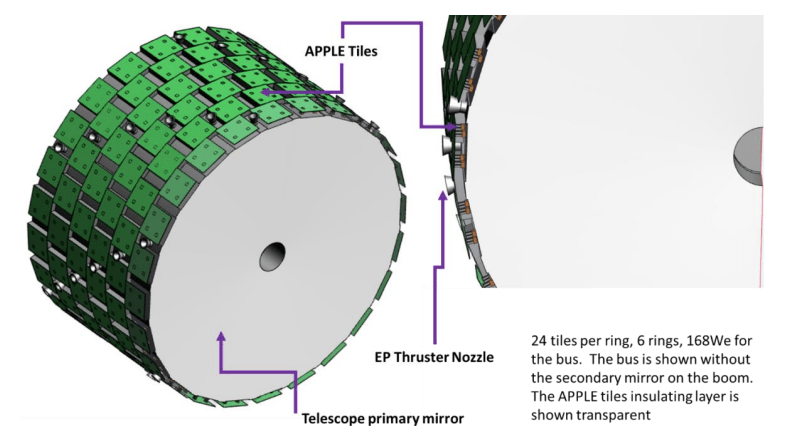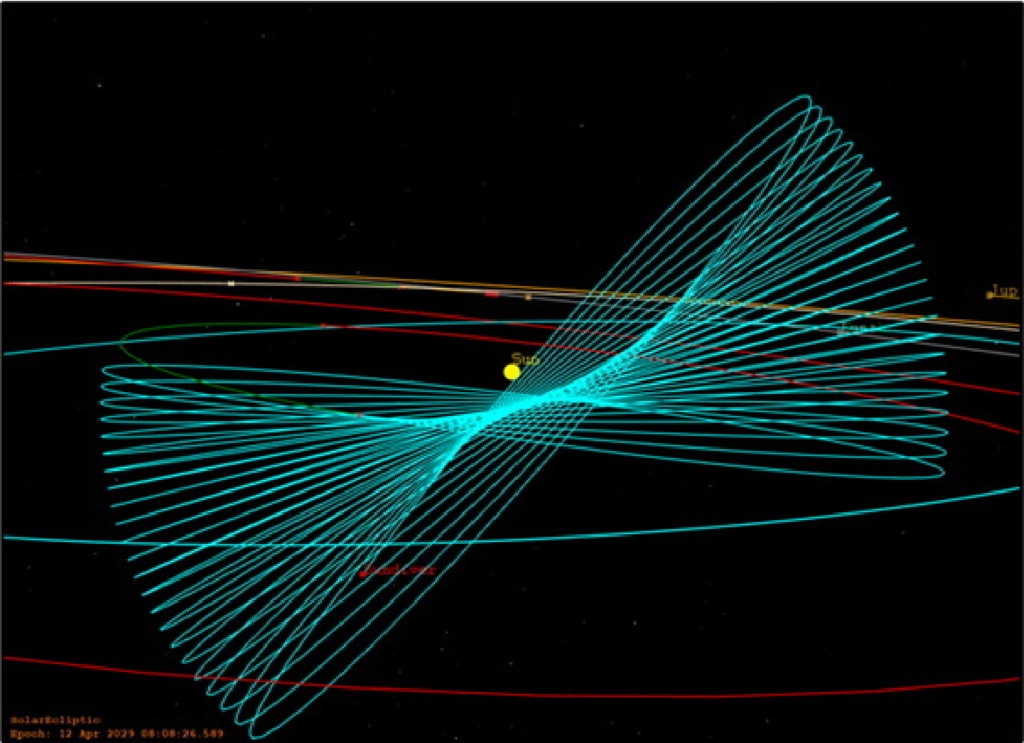A few years ago, there was a panic about lithium-ion batteries that exploded and could do things like take down a jetliner. On a recent trip, an airline asked passengers to turn in any devices with batteries that had been banned because of safety concerns. These are indicators of a widely understood downside of lithium-ion batteries, ubiquitous in cell phones, laptops, and other electronic hardware – they can easily catch fire very spectacularly. However, a team at the Aerospace Company is working on an idea to turn this potentially catastrophic event into an asset – by using it to deorbit defunct satellites.
Continue reading “Could Puncturing A Satellite’s Battery Help It Deorbit Faster?”An Improved Radioisotope Thermoelectric Generator Could Dramatically Reduce The Weight Of Interplanetary Missions
Radioisotope thermoelectric generators (RTGs) are the power plants of the interplanetary spacecraft. Or at least they have been for going on 50 years now. But they have significant drawbacks, the primary one being that they’re heavy. Even modern-day RTG designs run into the hundreds of kilograms, making them useful for large-scale missions like Perseverance but prohibitively large for any small-scale mission that wants to get to the outer planets. Solar sails aren’t much better, with a combined solar sail and battery system, like the one on Juno, coming in at more than twice the weight of a similarly powered RTG. To solve this problem, a group of engineers from the Aerospace Corporation and the US Department of Energy’s Oak Ridge National Lab came up with a way to take the underlying idea of an RTG and shrink it dramatically to the point where it could not potentially be used for much smaller missions.
Continue reading “An Improved Radioisotope Thermoelectric Generator Could Dramatically Reduce The Weight Of Interplanetary Missions”Graphene Could Be A Game Changing Material In Space – With A Bit More Research
Graphene has long been put forward as a wonder material. Undeniably, it has astounding properties – stronger than steel, a better electrical conductor than copper, and lighter than almost anything else with similar properties. And while it’s been partially adopted into space-faring technologies, many use cases remain where a pure form of the material could dramatically benefit the space industry. To detail those opportunities, a group of scientists from the Italian Space Agency recently released a paper that looked at graphene’s role in space exploration – and where it might stand to make an even bigger impact shortly.
Continue reading “Graphene Could Be A Game Changing Material In Space – With A Bit More Research”A Rocket-Powered Spaceplane Completes a Successful Test Flight
Access to space is getting easier and more accessible as more and more platforms are coming online that can significantly decrease the cost of getting into Earth’s orbit or even beyond. Now, another company has taken a step forward in making inexpensive, reusable access to space a reality. Dawn Aerospace, which operates out of the US, New Zealand, and the Netherlands, has successfully tested a prototype spaceplane.
Continue reading “A Rocket-Powered Spaceplane Completes a Successful Test Flight”Tiny Spacecraft Using Solar Sails Open Up a Solar System of Opportunity
Some parts of the solar system are exceptionally hard to reach. Despite the interesting scientific data we could collect from that location, we’ve never managed to send a probe to one of the poles of the Sun. Nor have we been able to send many spacecraft to exciting places in the Oort cloud of other parts of the outer solar system. Voyager 1, which currently holds the record for being the farthest craft away from Earth, took over 40 years to reach the point where it is now. Even if it did pass by something interesting on its way, its antiquated scientific equipment would be less useful than more modern technology.
Continue reading “Tiny Spacecraft Using Solar Sails Open Up a Solar System of Opportunity”The State of Suborbital Space Science
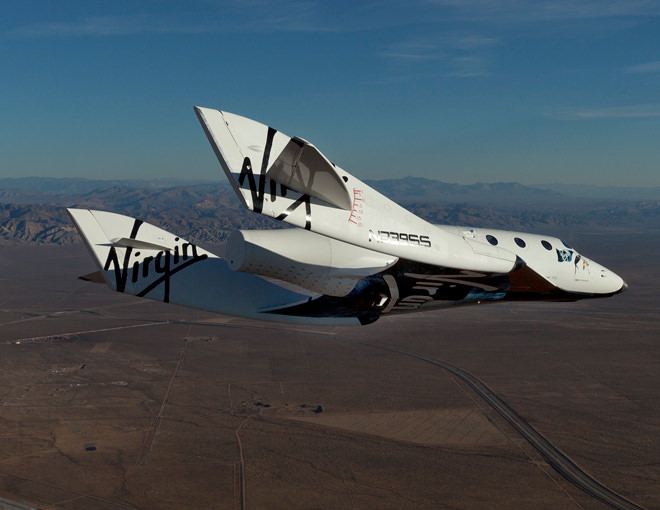
Think there’s nothing to learn through suborbital flight and that space science is only done in orbit? Think again. Recently, a group of school students in Canada asked the question: do Epi-Pens work in space? These are epinephrine-loaded injectors used to help people with allergies survive a severe attack. To get an answer, the class at St Brother André Elementary School worked with NASA, the University of Ottawa, and the non-profit Cubes in Space program to launch some Epi-Pens on suborbital flights aboard a rocket and a high-altitude balloon. The result? Post-flight analysis showed that the pens lost their efficacy in space. It was a surprise to NASA as well as to the students.
Continue reading “The State of Suborbital Space Science”Exploring Lava Tubes on Other Worlds Will Need Rovers That Can Work Together
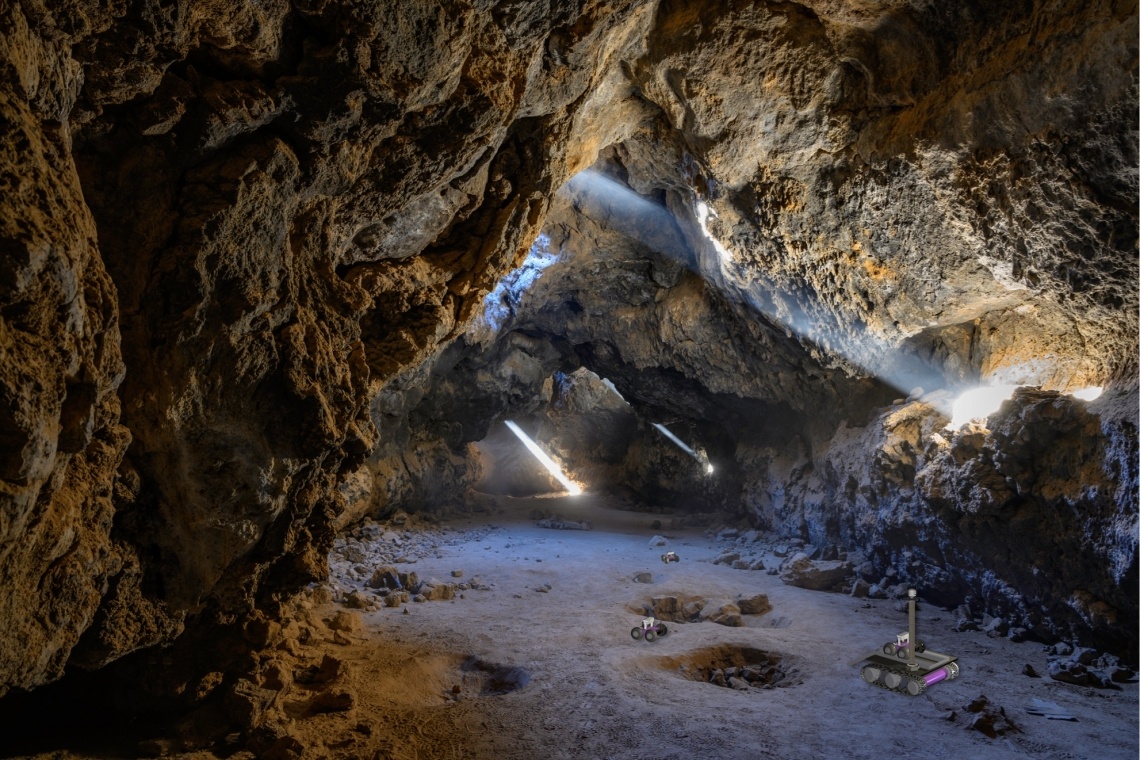
Planetary exploration, specifically within our own Solar System, has provided a lifetime of scientific knowledge about the many worlds beyond Earth. However, this exploration, thus far, has primarily been limited to orbiters and landers/rovers designed for surface exploration of the celestial bodies they visit. But what if we could explore subsurface environments just as easily as we’ve been able to explore the surface, and could some of these subsurface dwellings not only shelter future astronauts, but host life, as well?
Continue reading “Exploring Lava Tubes on Other Worlds Will Need Rovers That Can Work Together”Exploring the Outer Solar System Takes Power, Here’s a Way to Miniaturize Nuclear Batteries for Deep Space

As science and technology advance, we’re asking our space missions to deliver more and more results. NASA’s MSL Curiosity and Perseverance rovers illustrate this fact. Perseverance is an exceptionally exquisite assemblage of technologies. These cutting-edge rovers need a lot of power to fulfill their tasks, and that means bulky and expensive power sources.
Continue reading “Exploring the Outer Solar System Takes Power, Here’s a Way to Miniaturize Nuclear Batteries for Deep Space”Want to Colonize Space? Unleash the Power of Microbes

If space colonization is in our future, we’ll have to use the resources available there. But we won’t be able to bring our established industrial methods and processes from Earth into space. Transporting heavy mining machinery to the Moon, Mars, or anywhere else in space is not feasible. And each of those environments is wildly different from Earth. We’ll need novel approaches to solve all of the problems facing us, and the approaches will have to be sustainable.
Terrestrial microbes are the foundation of Earth’s biosphere, and they could play an outsized role in space colonization.
Continue reading “Want to Colonize Space? Unleash the Power of Microbes”If We’re Going to Get Under the Ice on Europa, How Will We Send a Signal Back to the Surface?
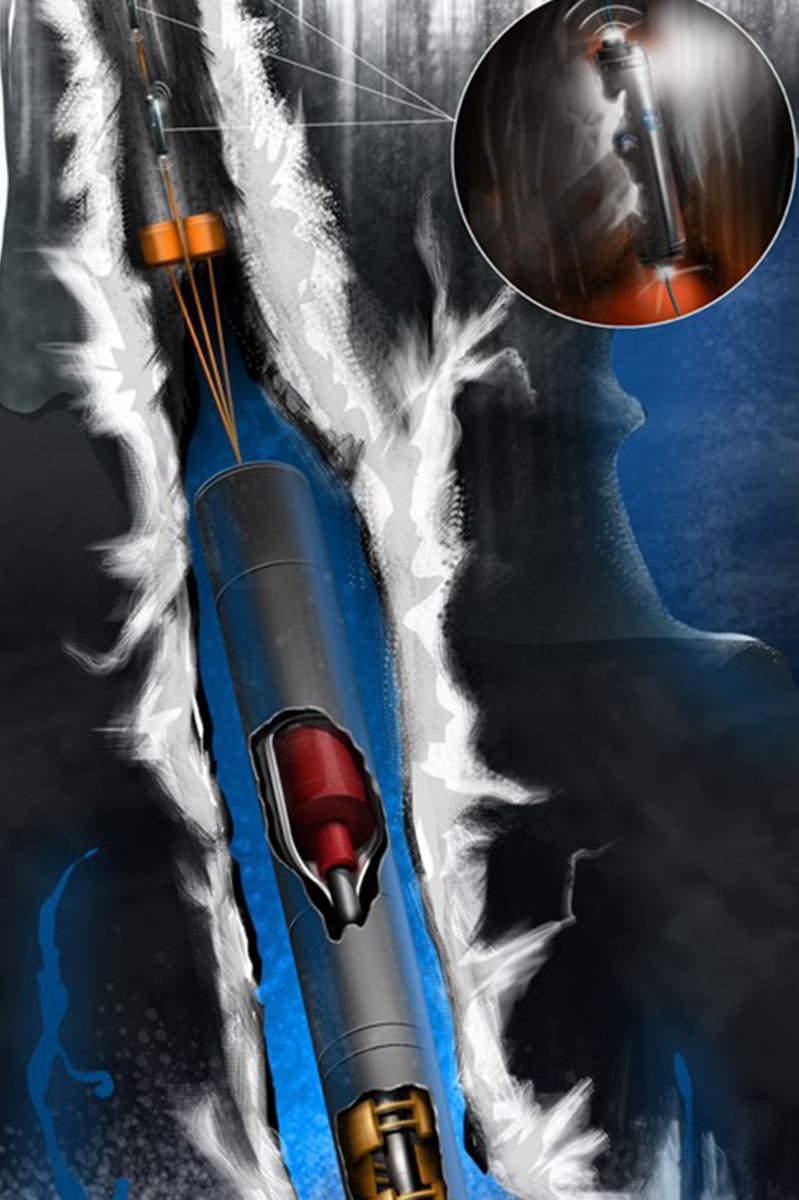
If we send some type of nuclear-powered tunnelbot to Europa to seek life under its icy shield, how will we know what it finds? How can a probe immersed in water under all that ice communicate with Earth? We only have hints about the nature of that ice, what layers it has and what pockets of water it might hold.
All we know is that it’s tens of kilometres thick and as hard as granite.
Continue reading “If We’re Going to Get Under the Ice on Europa, How Will We Send a Signal Back to the Surface?”

